
Deutsch-Chinesische Enzyklopädie, 德汉百科

萨尔河长246公里,它的两条支流分别被称为白萨尔河和红萨尔河。两条支流的源头都是孚日山脉的多农山脚下,并在洛尔坎汇合。萨尔河流过东格林地区后,在萨尔格明德和萨尔布吕肯之间的地带构成了法国和德国的边界。之后它继续向东流过萨尔州西部,又蜿蜒流过Hunsrück山,在康茨附近汇入莫塞尔河。萨尔河和欧洲内陆水路系统相连,吨级如欧罗巴号的船可在萨尔河上航行。游客们乘船可以欣赏到座落在群山和森林环抱中的萨尔河,其中最美的景色当属Saarschleife河曲。

 Alsace
Alsace

 Auvergne-Rhône-Alpes
Auvergne-Rhône-Alpes
 Bourgogne
Bourgogne

 Bourgogne-Franche-Comté
Bourgogne-Franche-Comté
 Champagne-Ardenne
Champagne-Ardenne
 France
France

 Grand Est
Grand Est
 Lorraine
Lorraine
 Switzerland
Switzerland
The Saône (/soʊn/ SOHN, French: [son];[1] Francoprovençal: Sona; Latin: Arar) is a river of eastern France. It is a right tributary of the Rhône, rising at Vioménil in the Vosges department and joining the Rhône in Lyon, just south of the Presqu'île.
The name Saône derives from that of the Gallic river goddess Souconna, which has also been connected with a local Celtic tribe, the Sequanes. Monastic copyists progressively transformed Souconna to Saoconna, which ultimately gave rise to Saône. The other recorded ancient names for the river were Brigoulus and Arar.
La Saône [soːn]3 est une rivière de l'Est de la France, principal affluent de la rive droite du Rhône.
Avec une longueur de près de 480 kilomètres1, c'est le neuvième cours d'eau le plus long de France.
La Saona (in francese Saône) è un importante fiume dell'est della Francia, principale affluente di destra del Rodano. La sua sorgente si trova a quote modeste (402 m sul livello del mare) presso Vioménil nel dipartimento dei Vosgi. Il fiume si arricchisce progressivamente di vari apporti scorrendo sinuoso fino a ricevere il suo principale affluente: il fiume Doubs.
Da questa confluenza diventa navigabile sino alla foce (presso Lione) nel Rodano dopo un corso lungo 480 km.[1] Il fiume, pur con un regime quasi esclusivamente pluviale (esclusa la porzione di bacino drenata dall'affluente Doubs), beneficia però nel suo alto corso della regolarità delle precipitazioni tipiche del clima Oceanico, fornendo così un notevole apporto medio d'acqua al fiume Rodano (473 m3/s), al punto da costituirne da Lione in poi quasi la metà della sua portata ordinaria.
Il suo nome deriva dal nome della dea celtica Souconna, mentre il nome latino era Arar.
El río Saona (en francés, la Saône, pronunciado /laˈsoːn/)1 es un río del este de Francia, el principal afluente del río Ródano, desde el norte. Tiene una longitud de 480 km,2 y drena una amplia cuenca de 29.950 km². Su principal afluente es el río Doubs.
Со́на (фр. Saône [son]) — река на востоке Франции, правый приток Роны. Длина 473,3 км, площадь бассейна 29 321 км²[1]. Средний расход воды 410 м³/с.
Река берёт начало у лотарингского города Вьомениль, течёт преимущественно на юг — юго-запад, впадает в Рону возле Лиона. Протекает через 3 региона Гранд-Эст, Бургундия — Франш-Конте, Овернь — Рона — Альпы и 5 департаментов Вогезы, Верхняя Сона, Кот-д’Ор,Сона и Луара и Рона, 205 коммун[1].
Сона судоходна, соединена каналами с реками Мозель, Луара (через Центральный канал и Боковой канал Луары), Марна (через канал Марна-Сона), Сена (через Йонну и Бургундский канал), Рейн (через канал Рона-Рейн).Крупнейшие притоки — Ду (453 км), Оньон (214 км), Сей (100 км), Грона (96 км), Уша (95 км), Тий (83 км).
Название Сона произошло от древнего названия Сауконна[2] (Sauconnam[3]), которое впервые упоминается в IV веке до н. э. Аммианом Марцеллином, по имени кельтской речной богини Сауконны (Souconna)[4], культ которой был у племени секванов. Римляне называли реку Арар (лат. Arar)[5], а еще раньше — Бригул (лат. Brigoulus)[6].


 Bourgogne
Bourgogne

 Bourgogne-Franche-Comté
Bourgogne-Franche-Comté
 Champagne-Ardenne
Champagne-Ardenne
 France
France

 Grand Est
Grand Est

 Ile-de-France
Ile-de-France

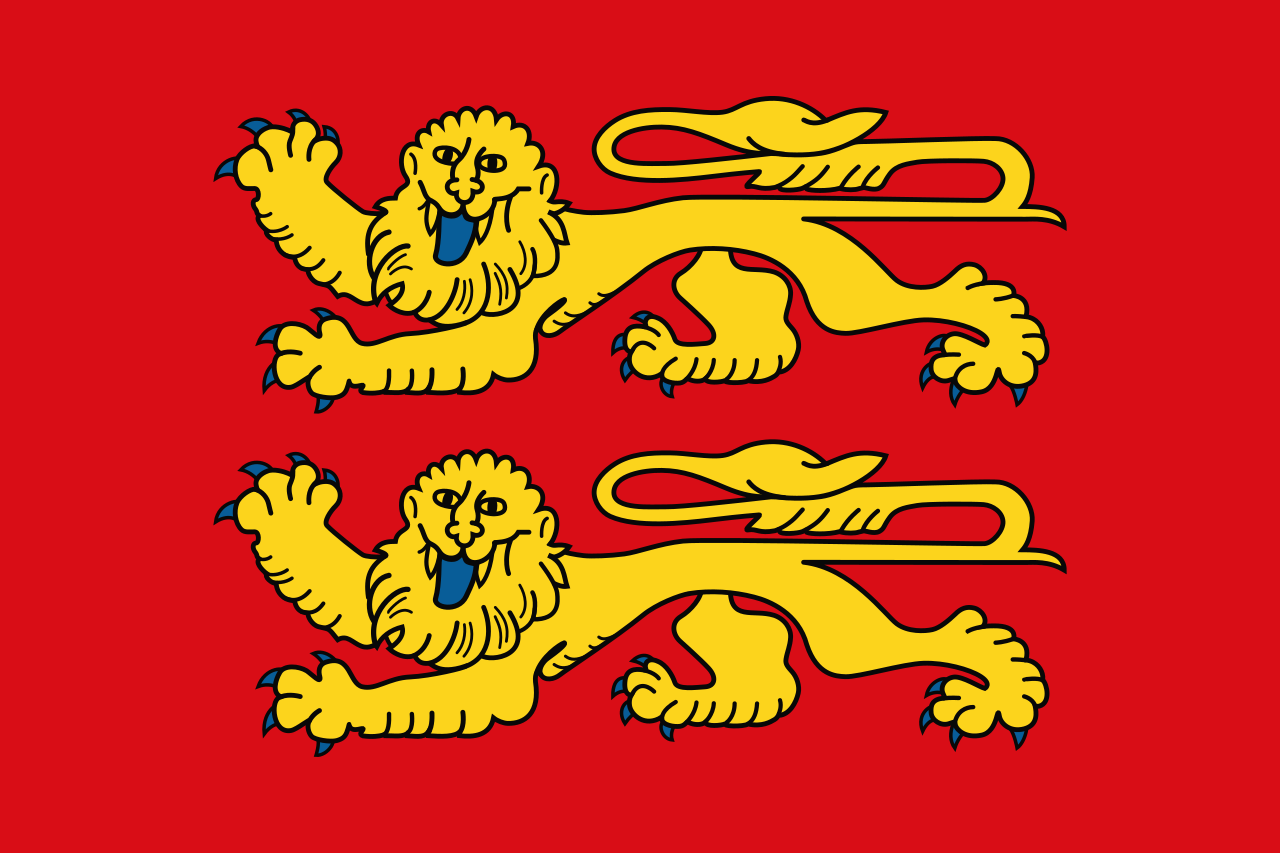 Normandie
Normandie

 2024 Summer Olympics
2024 Summer Olympics
 Seine
Seine

 World Heritage
World Heritage


塞纳河主流源头位于勃艮第地区,科多尔省的首府第戎西北30公里的朗格勒高原,流经奥布省的首府特鲁瓦,穿过巴黎市中心,经过诺曼底的鲁昂,到达勒阿弗尔入海,流入拉芒什海峡(英语称为英吉利海峡)。
北部支流有马恩河、瓦兹河、奥布河;南部支流有约纳河、厄尔河。通过17世纪-18世纪修建的运河,可以沟通莱茵河的支流默兹河,法国南部主要河流罗讷河的支流索恩河,以及法国第一大河卢瓦尔河,吃水浅的船只可以直接航行到比利时、德国和地中海。上游马恩河和奥布河流域是香槟酒的主要产区。
塞纳河流域地势平坦,从巴黎到河口365公里,坡降只有24米,因此水流缓慢,利于航行。整个流域降水量为630-760毫米,平均流量为280立方米/秒,夏季水位低,冬季水位高,和中国的情况相反。上游建有几座水库,调节流量,但主要是为下游城市用水蓄水,巴黎的1/2用水,勒阿弗尔和鲁昂的3/4用水,都来自塞纳河。
Die Seine ([sɛn]; auf Französisch; lateinisch/keltisch Sequana) ist ein Fluss in Nordfrankreich. Sie entspringt in der Region Bourgogne-Franche-Comté, fließt von Osten nach Westen und mündet bei Le Havre in den Ärmelkanal. Mit 777 Kilometern[2] Länge ist sie neben der Loire (1004 Kilometer) und den ineinander übergehenden Flussverläufen von Doubs, Saône und Rhône (insgesamt 1025 Kilometer) einer der längsten Flüsse Frankreichs. Das Einzugsgebiet der Seine umfasst etwa 78.650 km².
Wichtige Städte an der Seine sind Paris, Troyes und Rouen. In Paris und Rouen befinden sich die wichtigsten Binnenhäfen Frankreichs. Über Kanäle ist die Seine mit Schelde, Maas, Rhein, Saône und Loire verbunden. Am Unterlauf des Flusses im Gebiet der Normandie haben sich für einen Fluss dieser Wasserführung außergewöhnlich große Talschleifen gebildet. Die schiffbare Länge (bis Nogent-sur-Seine) beträgt 560 km. Seeschiffe können den Fluss bis Rouen (120 km im Landesinneren) befahren.
Das Seineufer von Paris steht auf der Liste des Weltkulturerbes der UNESCO.
セーヌ川(セーヌがわ、Seine)は、フランスを流れる河川である。流域も全体がフランスに属している。全長780kmは、フランスではロワール川に続いて第二の長さ[1]である。
ディジョンの北西30kmの海抜471mの地点に源を発し北西に向かい、パリを流れ、ル・アーヴルとオンフルールの間のセーヌ湾に注ぐ。
中下流部は大きく蛇行した流れが特徴で、パリを抜けるあたりから何度も繰り返す。ジヴェルニー、ヴェルノンの付近は、しばらく治まるが、ルーアンの近辺で再び蛇行が始まる。
河口付近の川幅は大きく広がっており、湾と言っても差し支えないほどである。ル・アーヴルとオンフルールの間に、1995年にノルマンディー橋が完成するまでは、両市の陸上交通は、さらに20kmほど上流のタンカルヴィル橋まで遡らなければならなかった。
The Seine (/seɪn/ SAYN, French: [sɛːn] (![]() listen)) is a 777-kilometre-long (483 mi) river and an important commercial waterway within the Paris Basin in the north of France. It rises at Source-Seine, 30 kilometres (19 mi) northwest of Dijon in northeastern France in the Langres plateau, flowing through Paris and into the English Channel at Le Havre (and Honfleur on the left bank).[1] It is navigable by ocean-going vessels as far as Rouen, 120 kilometres (75 mi) from the sea. Over 60 percent of its length, as far as Burgundy, is negotiable by commercial riverboats, and nearly its whole length is available for recreational boating; excursion boats offer sightseeing tours of the river banks in Paris, lined with top monuments including Notre-Dame, the Eiffel Tower, the Louvre Museum and Musée d'Orsay.[2]
listen)) is a 777-kilometre-long (483 mi) river and an important commercial waterway within the Paris Basin in the north of France. It rises at Source-Seine, 30 kilometres (19 mi) northwest of Dijon in northeastern France in the Langres plateau, flowing through Paris and into the English Channel at Le Havre (and Honfleur on the left bank).[1] It is navigable by ocean-going vessels as far as Rouen, 120 kilometres (75 mi) from the sea. Over 60 percent of its length, as far as Burgundy, is negotiable by commercial riverboats, and nearly its whole length is available for recreational boating; excursion boats offer sightseeing tours of the river banks in Paris, lined with top monuments including Notre-Dame, the Eiffel Tower, the Louvre Museum and Musée d'Orsay.[2]
There are 37 bridges within Paris and dozens more spanning the river outside the city. Examples in Paris include the Pont Alexandre III and Pont Neuf, the latter of which dates back to 1607. Outside the city, examples include the Pont de Normandie, one of the longest cable-stayed bridges in the world, which links Le Havre to Honfleur.
La Seine (prononcé [ˈsɛn]) est un fleuve français, long de 776,6 kilomètres1, qui coule dans le Bassin parisien et arrose notamment Troyes, Paris, Rouen et Le Havre. Sa source se situe à 446 m d'altitude2 à Source-Seine, en Côte-d'Or, sur le plateau de Langres. Son cours a une orientation générale du sud-est au nord-ouest. La Seine se jette dans la Manche entre Le Havre et Honfleur. Son bassin versant, d'une superficie de 79 000 km23, englobe près de 30 % de la population du pays.
La Senna (in francese Seine /sɛn/) è uno dei principali fiumi della Francia. La lunghezza approssimativa del fiume è di 776,6 km,[1] le sue fonti sono in Borgogna, a 470 m d'altezza, a Saint-Germain-Source-Seine sull'altopiano di Langres, e la foce è nella Manica, a Nord della Francia, presso Le Havre.
El río Sena (en francés, Seine) es un largo río europeo de la vertiente atlántica que discurre únicamente por Francia. Con una longitud de casi 776 km es el tercero más largo del país — tras el Loira y el Ródano (que es más largo, pero una parte discurre por Suiza. Drena una cuenca de 78 650 km², la 3.ª del país y casi un séptimo del territorio francés. Tiene sus fuentes en varios manantiales a 470 msnm en la meseta de Langres, en el departamento de Côte-d'Or, en la región de Borgoña y desemboca en un amplio estuario en El Havre, en la bahía del Sena.
Administrativamente, recorre cuatro regiones francesas —Borgoña-Franco Condado, Gran Este, Île-de-France y Normandía]— y catorce departamentos —Côte-d'Or, Aube, Marne, Seine-et-Marne, Essonne, Val-de-Marne, Paris, Hauts-de-Seine, Seine-Saint-Denis, Val-d'Oise, Yvelines, Eure, Sena Marítimo y Calvados—, de los que cuatro llevan su nombre.
Atraviesa algunas ciudades importantes —Troyes, Melun, Ruan— y especialmente la capital, París, que se ha desarrollado sobre sus dos márgenes, y en la que los recorridos en los típicos bateaux mouches son una atracción turística. Hay treinta y siete puentes parisinos que atraviesan el río, como el Pont Louis-Philippe y el Pont Neuf, este último erigido ya en año 1607. Cerca del estuario está el puente de Normandía, uno de los más largos puentes atirantados del mundo, que une El Havre con Honfleur.
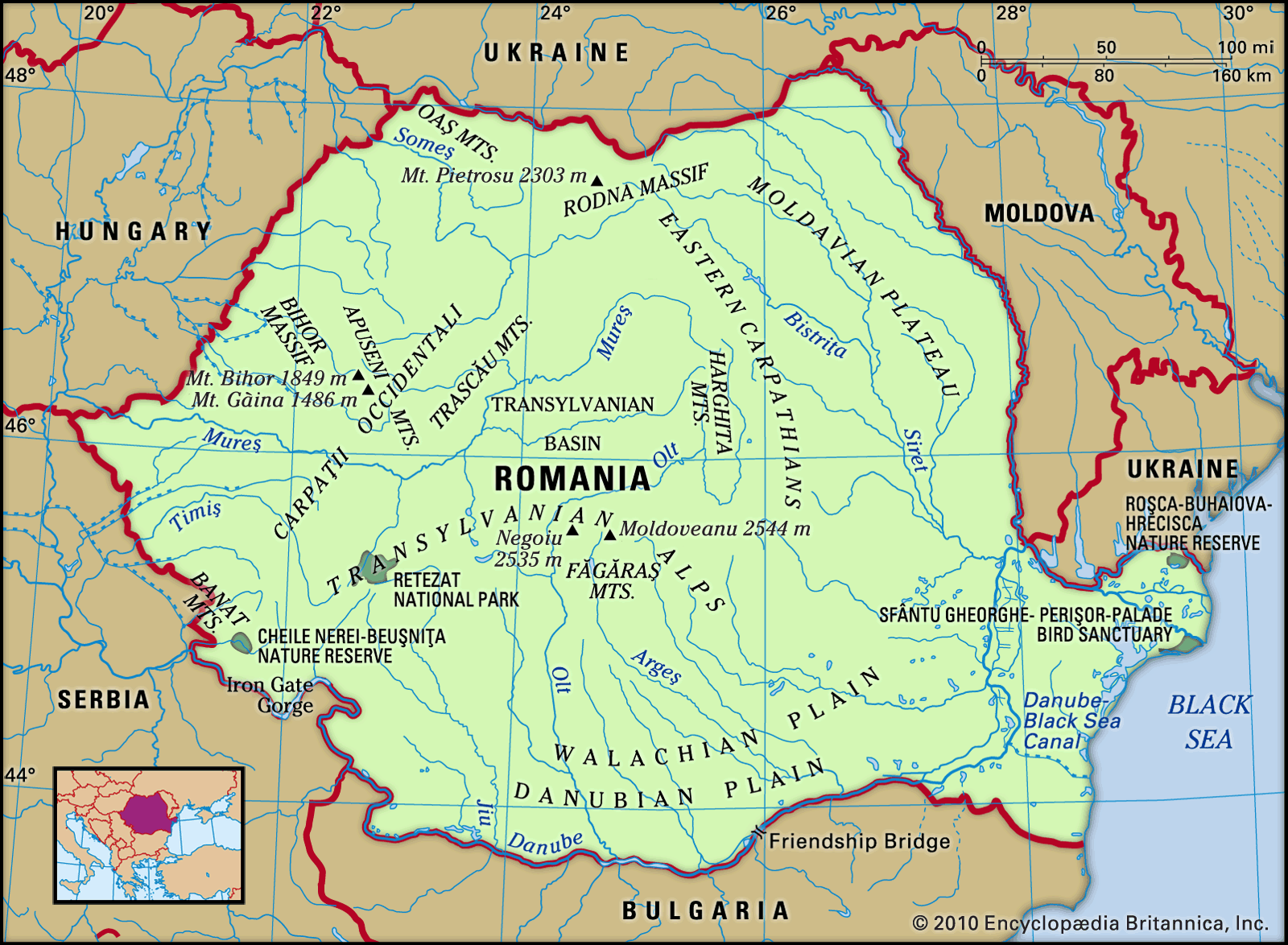




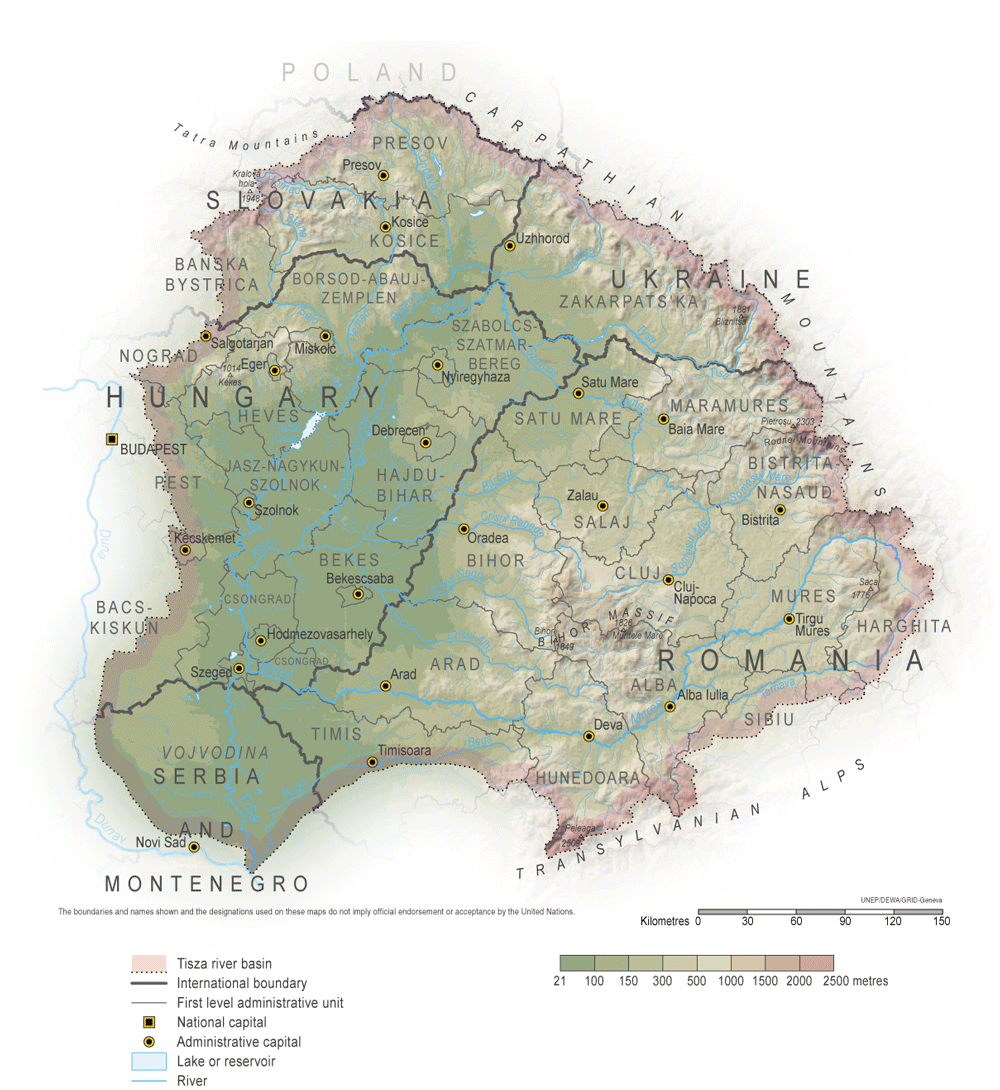
泰晤士河(英语:River Thames,![]() i/tɛmz/,TEMZ)是位于南英格兰的一条河流,全长约346公里,流经英格兰的三个郡,为英格兰最长之河流、英国第二长河,次于354公里的塞文河,也是全世界水面交通最繁忙的都市河流和伦敦地标之一。在泰晤士流域形成了许多英格兰城市,除去伦敦之外,还有牛津、雷丁和温莎等。
i/tɛmz/,TEMZ)是位于南英格兰的一条河流,全长约346公里,流经英格兰的三个郡,为英格兰最长之河流、英国第二长河,次于354公里的塞文河,也是全世界水面交通最繁忙的都市河流和伦敦地标之一。在泰晤士流域形成了许多英格兰城市,除去伦敦之外,还有牛津、雷丁和温莎等。
泰晤士河在英国有非常重要的经济地位,在工业革命之后因为大规模的河上运输导致河流污染,因而引发了包括瘟疫、大恶臭等一系列的问题,随着重工业的减少其情况已经改善了许多。
而其于英国文化意义也不可忽视。泰晤士河是许多英国水上运动,如牛津剑桥赛艇对抗赛、1908年夏季奥运会划艇赛、1948年夏季奥运会划艇赛的举办地。《柳林风声》等文学作品也是以泰晤士河流域的风物为背景写成的。
Die Themse (englisch River Thames [tɛmz]; in der Antike lateinisch Tamesis, bei Tacitus auch lateinisch Tamesa oder altgriechisch Τάμεσα Támesa bei den griechischen Geographen) ist ein durch Südengland fließender Fluss, der London mit der Nordsee (Mündung) verbindet. Nach dem Severn ist die Themse mit 346 km der zweitlängste Fluss in Großbritannien.
Trotz ihrer Bekanntheit und ihrer Flusslänge wird die Themse meist nicht zu den großen europäischen Flüssen gezählt. Der mittlere Abfluss in Kingston upon Thames beträgt 66 m³/s, dies ist weniger als zum Beispiel die Wasserführung der Ruhr oder der Ems. Weil sie – auch im Stadtgebiet Londons – durchaus breit ist, fließt sie sehr langsam.
テムズ川(River Thames ![]() [temz])は、南イングランドを流れる川であり、ロンドンを海とつないでいる。代表的なエスチュアリーの入り江をつくる河川である。テームズ川とも表記される。
[temz])は、南イングランドを流れる川であり、ロンドンを海とつないでいる。代表的なエスチュアリーの入り江をつくる河川である。テームズ川とも表記される。
ルネサンス期にギリシア語が語源であるという誤った認識が広まり、読み方を変えずにTemeseからThamesに綴りが変更されている。
The River Thames, (/tɛmz/ (![]() listen) TEMZ) known alternatively in parts as the Isis is a river that flows through southern England including London. At 215 miles (346 km), it is the longest river entirely in England and the second longest in the United Kingdom, after the River Severn.
listen) TEMZ) known alternatively in parts as the Isis is a river that flows through southern England including London. At 215 miles (346 km), it is the longest river entirely in England and the second longest in the United Kingdom, after the River Severn.
It flows through Oxford (where it is called the Isis), Reading, Henley-on-Thames and Windsor. The lower reaches of the river are called the Tideway, derived from its long tidal reach up to Teddington Lock. It rises at Thames Head in Gloucestershire, and flows into the North Sea via the Thames Estuary. The Thames drains the whole of Greater London.[1]
Its tidal section, reaching up to Teddington Lock, includes most of its London stretch and has a rise and fall of 7 metres (23 ft). Running through some of the driest parts of mainland Britain and heavily abstracted for drinking water, the Thames' discharge is low considering its length and breadth: the Severn has a discharge almost twice as large on average despite having a smaller drainage basin. In Scotland, the Tay achieves more than double the Thames' average discharge from a drainage basin that is 60% smaller.
Along its course are 45 navigation locks with accompanying weirs. Its catchment area covers a large part of south-eastern and a small part of western England; the river is fed by 38 named tributaries.[citation needed] The river contains over 80 islands. With its waters varying from freshwater to almost seawater, the Thames supports a variety of wildlife and has a number of adjoining Sites of Special Scientific Interest, with the largest being in the remaining parts of the North Kent Marshes and covering 5,449 hectares (13,460 acres).[2]
La Tamise (en anglais : Thames [ˈtemz]) est un fleuve du sud de l'Angleterre, qui se jette dans la mer du Nord.
D'une longueur totale de 346 km, c’est le plus long fleuve dont le cours se trouve entièrement en Angleterre (qui à la fois commence et finit en Angleterre) et le second plus long pour le Royaume-Uni (après la Severn). La Tamise prend sa source à Thames Head, dans le Gloucestershire, puis coule en direction de l'est, vers Oxford et Reading, puis traverse Londres, dont elle tire sa renommée et aboutit enfin dans la mer du Nord, grâce à son estuaire.
La marée remonte jusqu'à Teddington Lock (en). Le bassin versant recouvre une grande partie du sud-est et de l'ouest de l’Angleterre. La Tamise est alimentée par de nombreux affluents et est parsemée de plus de 80 îles. La faune et la flore y sont très variées, grâce à de grandes étendues d’eau douce et d’eau de mer à la fois.
L'activité humaine a profité de la Tamise pendant des milliers d’années pour en tirer son eau, sa nourriture, et son énergie. Le fleuve est une voie commerciale majeure pour le commerce international grâce au port de Londres, et le système britannique des canaux (en) permet d’en faire profiter le reste de son cours. La position stratégique de la rivière en a fait un lieu central de l’histoire de l'Angleterre et du Royaume-Uni1.
Plus récemment, la rivière est devenue une aire majeure de loisirs grâce au tourisme et aux sports, tels l'aviron, la voile, le kayak, le skiff et la péniche. La rivière a un attrait particulier auprès des écrivains, des peintres, des musiciens et des réalisateurs de cinéma. Elle est encore l’objet de nombreux débats, à propos de son tracé, de sa nomenclature et de son histoire.
Il Tamigi (AFI: /taˈmiʤi/[1]; in inglese Thames, pron. /tɛmz/, dal latino Tamĕsis) è un fiume dell'Inghilterra meridionale che attraversa Londra e sfocia ad est nel Mare del Nord: ancorché non sia il maggiore per lunghezza e portata, è da considerare di gran lunga il primo fiume del Regno Unito per importanza storica ed economica. Il suo bacino idrografico è abitato da circa 15 milioni di persone.
El río Támesis (del latín Taměsis; en inglés, River Thames, pronunciado /tɛmz/) es un río del sur de Inglaterra. Nace en el condado de Gloucestershire, pasa por Oxford, Eton y Londres y desemboca en el mar del Norte. Su longitud es de 346 km. Hoy en día es el río más importante de Inglaterra y la principal fuente de abastecimiento de agua en Londres.
Те́мза (англ. Thames [ˈtɛmz], лат. Tamesis, в пределах Оксфорда также А́йзис, англ. Isis) — река на юге Великобритании.
Длина — 334 км, площадь бассейна — 15 300 км². Средний расход воды — 65,8 м³/с.[источник не указан 545 дней]
Берёт начало на возвышенности Котсуолд-Хилс (высота истока — 110 м над уровнем моря[источник не указан 545 дней]), протекает в черте Лондона, впадает в Северное море, образуя эстуарий. Ширина реки в черте Лондона 200—250 м, ширина эстуария от 650 м (близ восточной окраины Лондона) до 16 км (близ устья). Питание дождевое. Средний расход воды в низовьях 260 м³/с, максимальный — зимой.
Ледостав наблюдается лишь в очень холодные зимы. Нижнее течение Темзы подвержено влиянию приливов (их высота в Лондоне до 6—6,5 м), которые достигают Теддингтона (где русло Темзы перегорожено плотиной). Для защиты прилегающих к Темзе территорий от наводнений берега нижнего течения реки и эстуария укреплены защитными дамбами, а в городах — набережными.
Судоходна почти на всём протяжении; небольшие баржи доходят до города Лечлейд (311 км от устья). До Лондона поднимаются суда водоизмещением до 800 т, а океанские суда доходят до города Тилбери. На Темзе — столица Великобритании город Лондон, города Оксфорд, Рединг.
Темза соединена старыми каналами (Оксфордский канал и др.) с Бристольским заливом, Ирландским морем и промышленными районами центральной части страны. На Темзе регулярно проводится Королевская регата Хенли.
 Geography
Geography

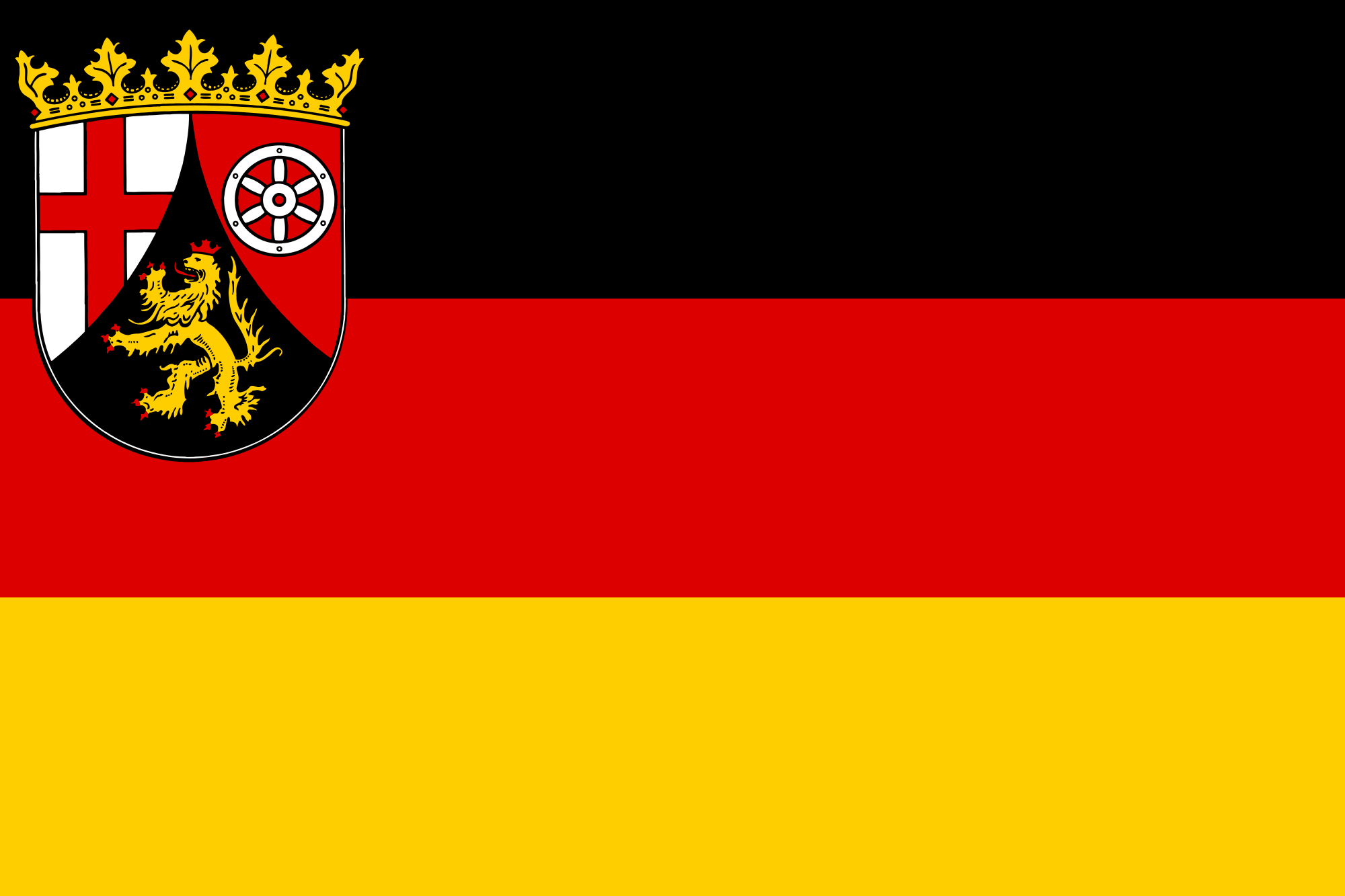 Rhineland-Palatinate
Rhineland-Palatinate
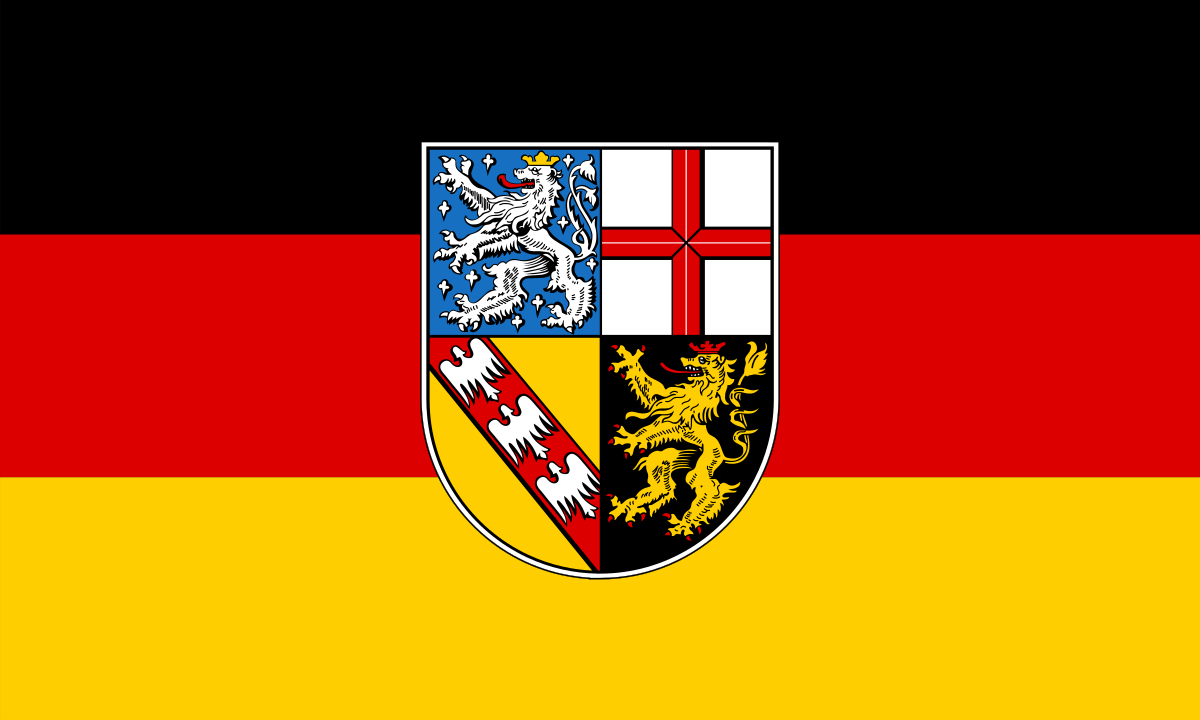 Saarland
Saarland
 Vacation and Travel
Vacation and Travel
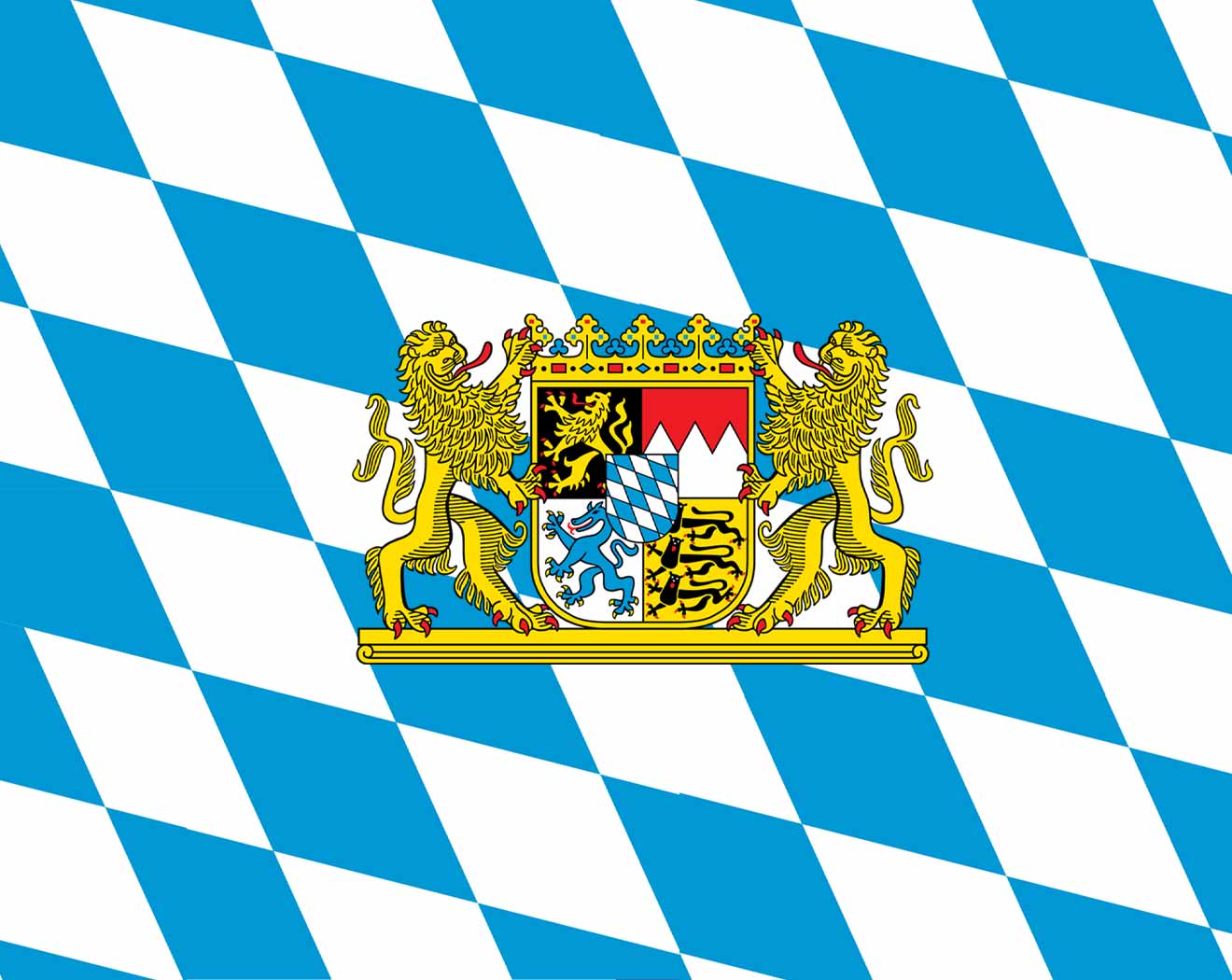 Bavaria
Bavaria
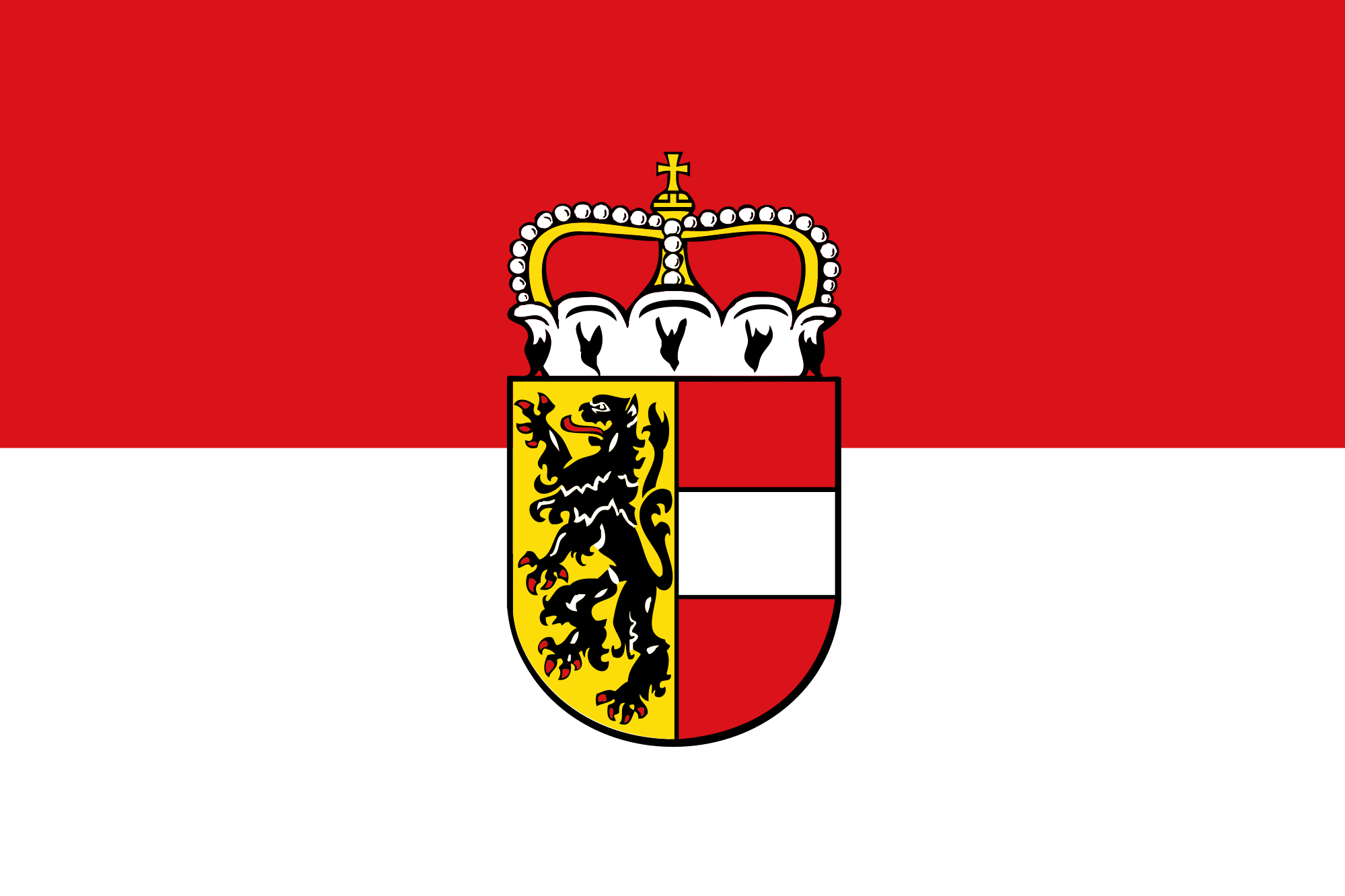 Salzburg
Salzburg
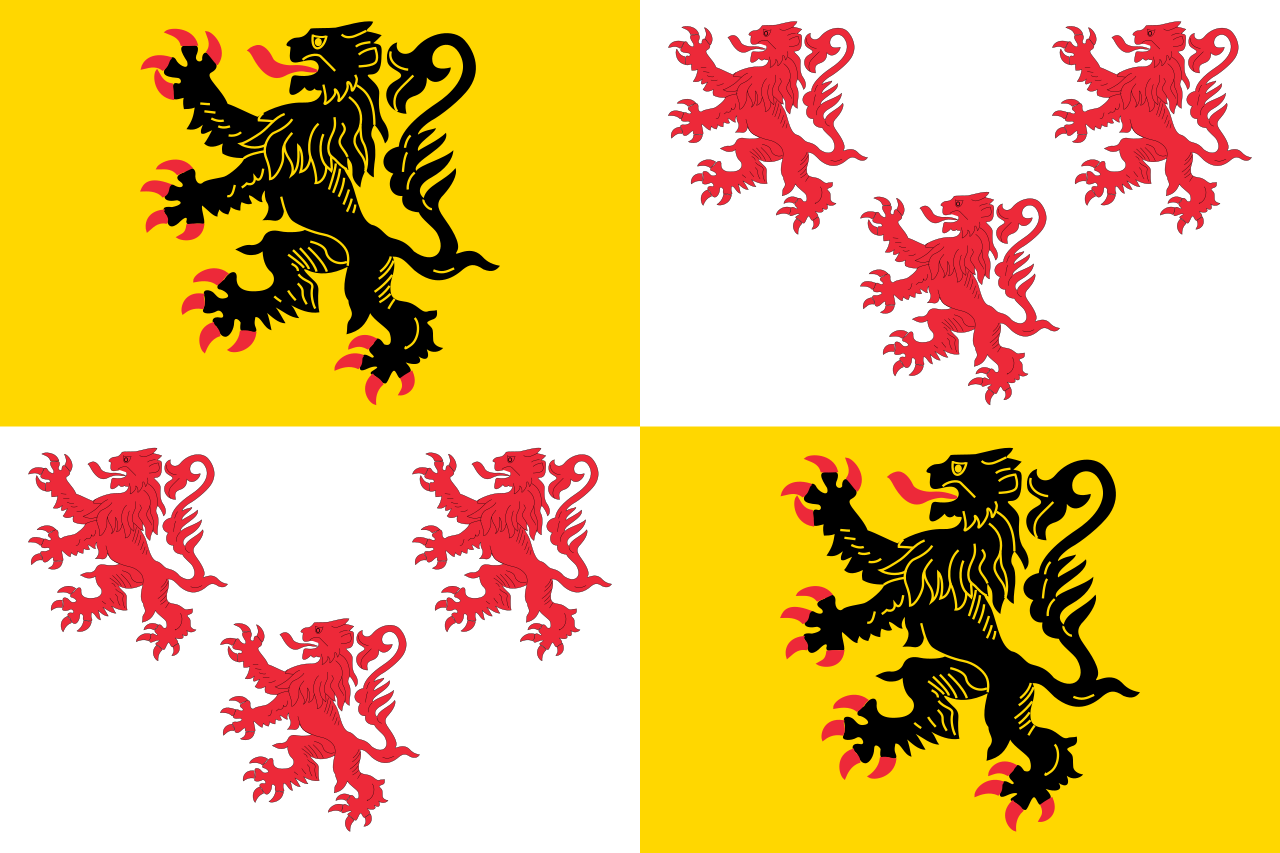 Hauts-de-France
Hauts-de-France
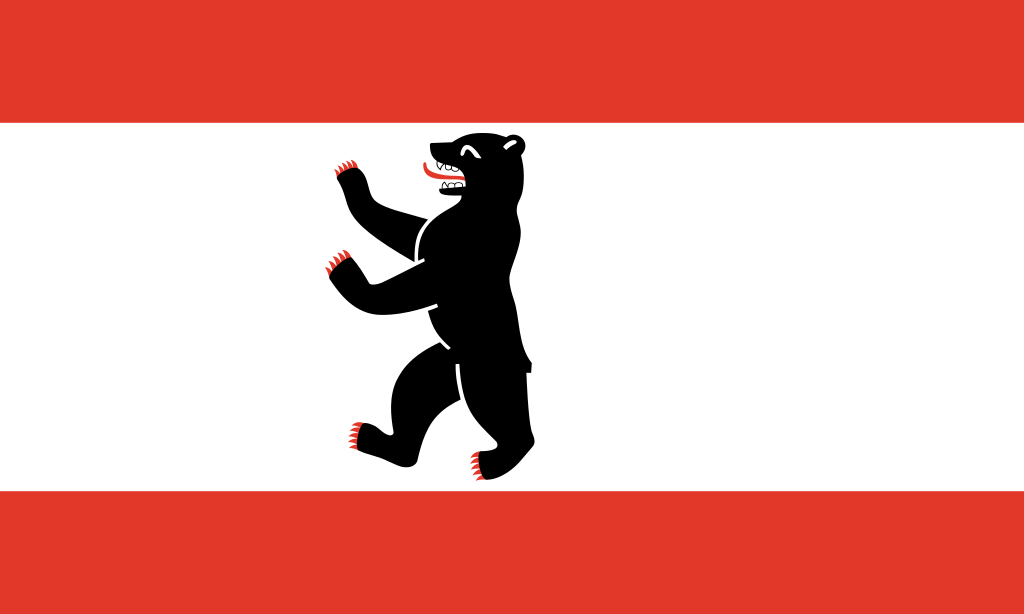 Berlin
Berlin
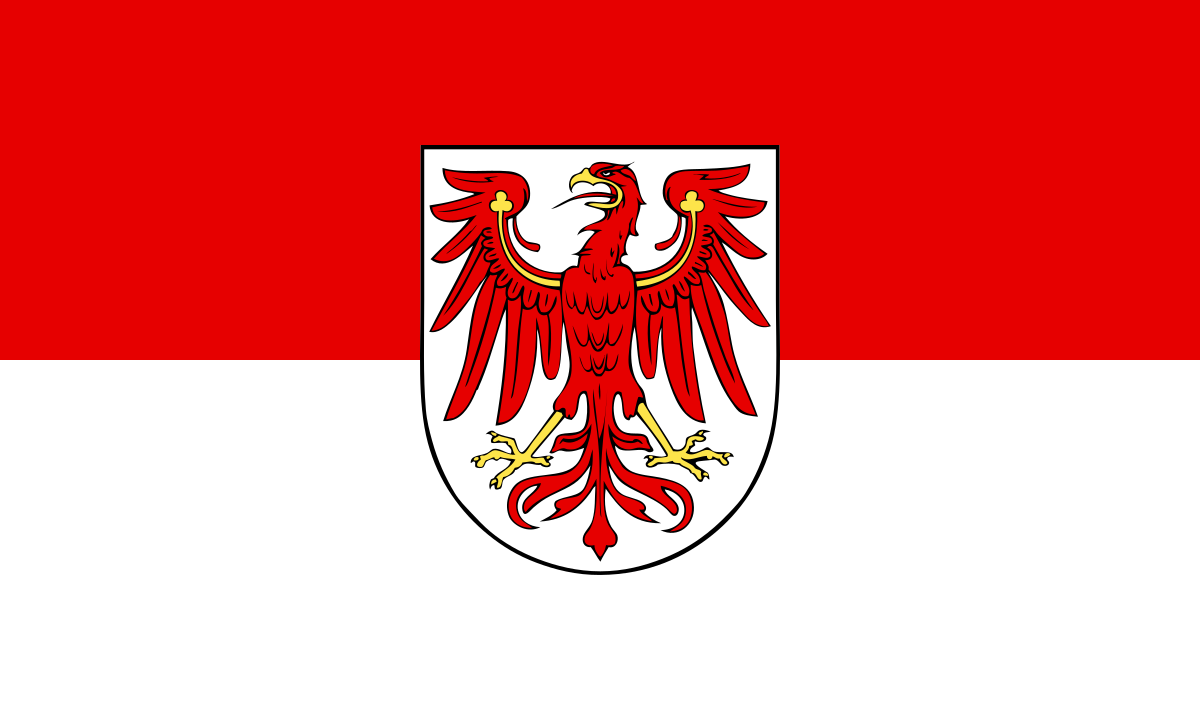 Brandenburg
Brandenburg
 Saxony
Saxony